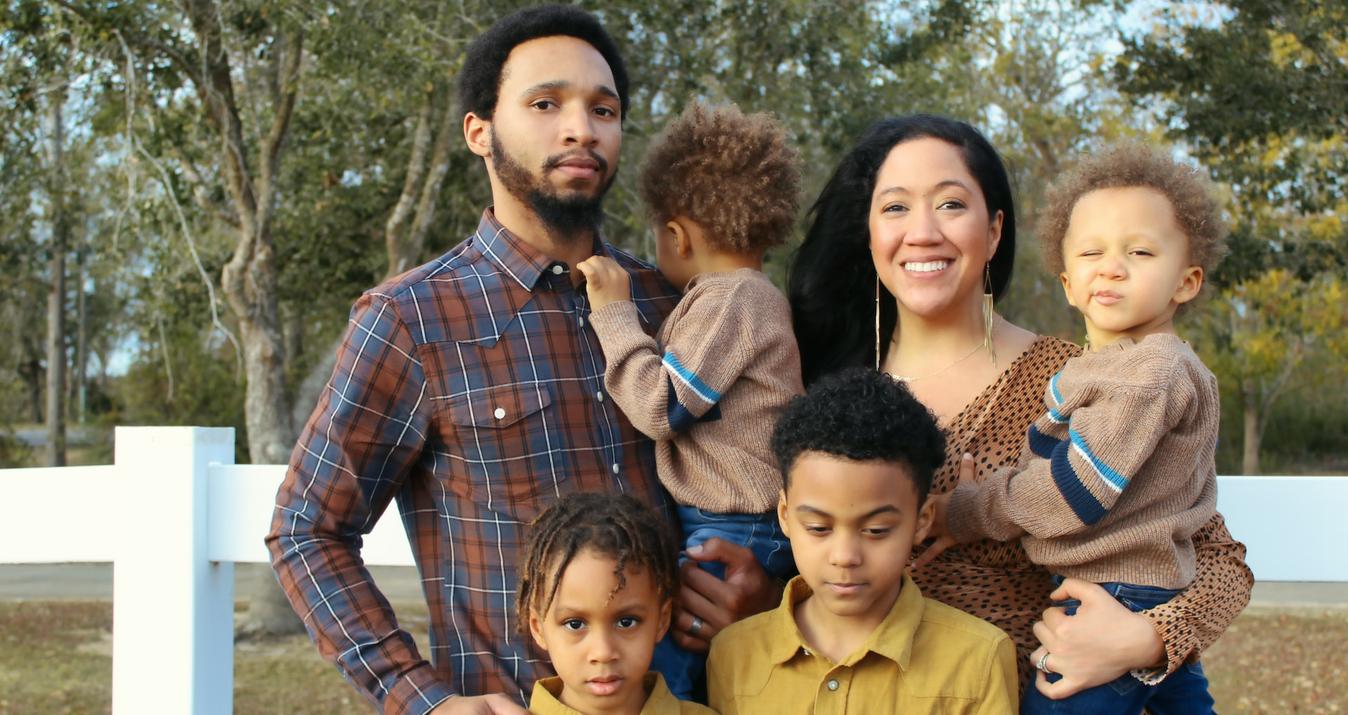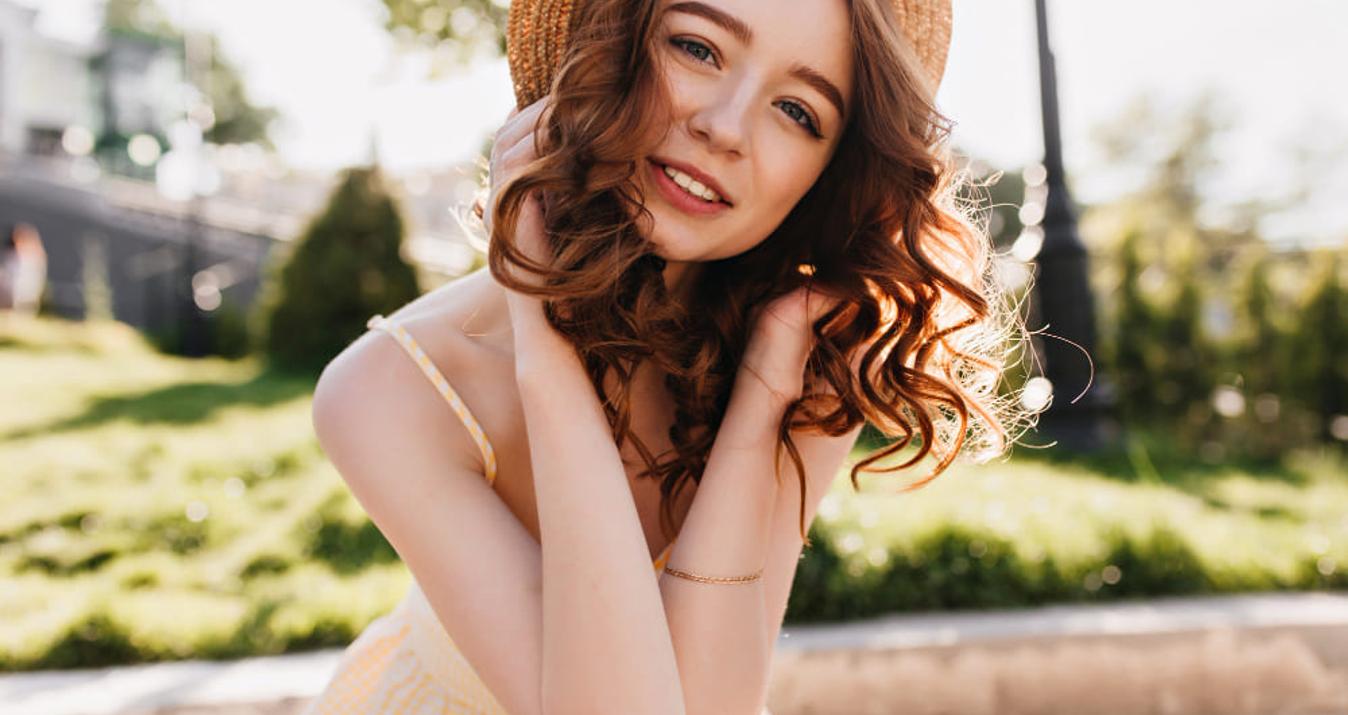Understanding Perspective in Photography: Key Points
April 29, 2024

Let's explore how altering your perspective can transform your photos. This article explains why shifting your viewpoint is crucial in photography and how it can dramatically affect the impact of your images.
You can take photos of the same subject with different impressions by changing camera settings, lens focal length, F-stop, composition, etc. Still, in addition to these factors, it is also important to change your perspective.
Today, I will briefly introduce perspective in photography.
1. Exploring Distance

Even with lenses of the same focal length, the impression you receive can change significantly depending on whether you view the subject from a close or distant perspective.
Changing Distances and Their Impact on Perception
The photo below was taken from about 4 to 5 meters away from the subject cat using a fixed focal length lens of 50 mm (35 mm equivalent). By stepping back, you capture more than just the cat; the deserted back alleys, dead trees in winter, and cloudy skies also come into the frame. However, because many elements are included, the focus shifts from the cat alone to a broader story about the cat and its surroundings.
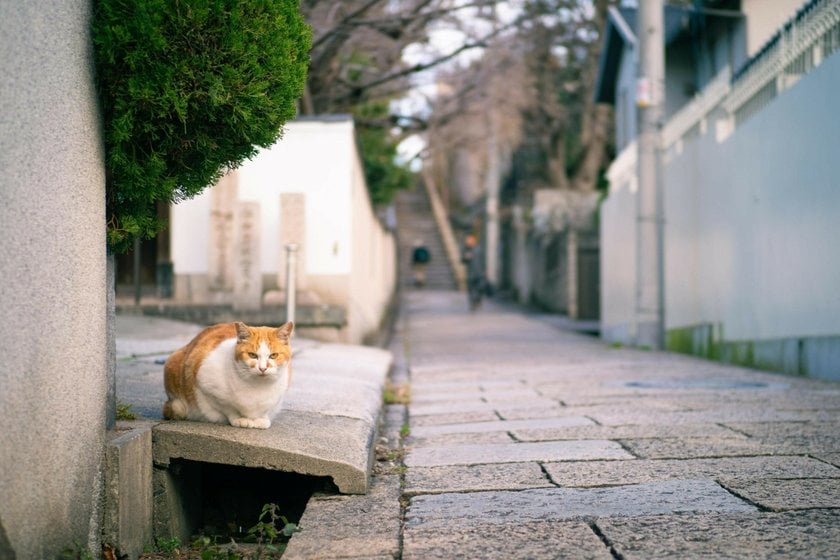
The next photo was shot from approximately 0.3 to 0.5 meters close to the subject cat using the same 50mm lens. From this close perspective, the cat’s face fills the screen, highlighting its facial expressions and contours. Unlike the distant shots, these images focus more on the cat's expressions than the broader scene. Close-up photography allows you to convey impact and intimacy with the subject.

Although the 50mm lens does not exaggerate or compress perspective like wide-angle or telephoto lenses, its view is close to that of the naked eye. By moving closer or further away, you can manipulate the viewpoint to capture various expressions of the same subject.
2. Mastering Angles
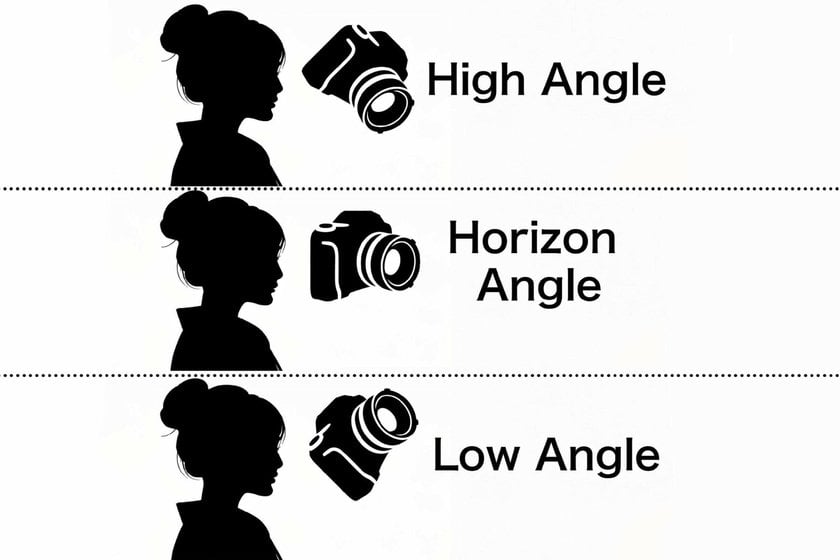
The angle refers to the point at which the camera is pointed, and changing the angle alters the viewpoint. Camera angles can be classified into three types: low, horizontal, and high.
Low Angle
A low angle is a shooting method where the camera is pointed diagonally upwards, making the subject appear more powerful. For example, the Umeda Sky Building in Osaka was photographed from below using a wide-angle lens with an 18-mm focal length (35-mm equivalent). This perspective, enhanced by the characteristic effect of wide-angle lenses, expresses the height and impact of buildings dramatically. Low angles are also recommended for capturing dynamic street scenes with elements like billboards, as they offer a view different from everyday photography.
In addition to buildings, this angle can be used to photograph people, animals, and plants, emphasizing their strength and vitality. Even roses, symbols of beauty, can show different expressions when shot from a low angle.
Your Go-To for Perfecting Crop and Perspective
Explore In Luminar Neo!Horizon Angle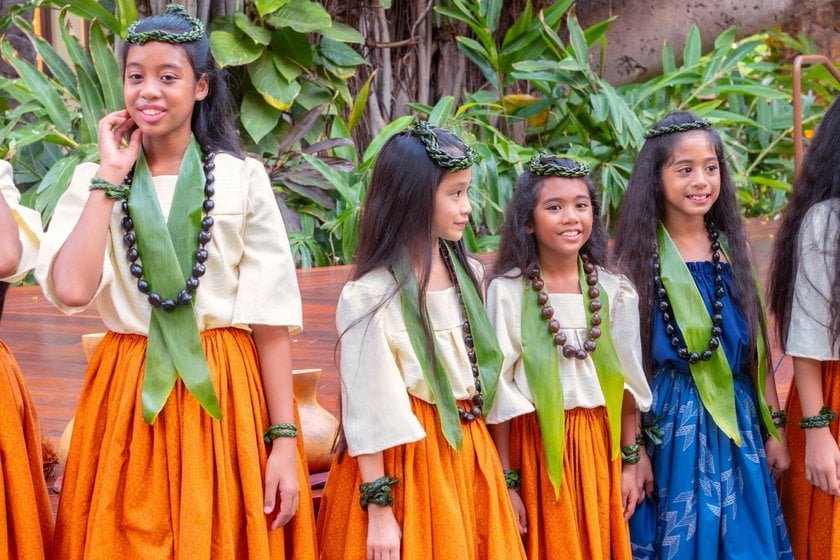
Horizontal angle photography involves pointing the camera straight ahead at eye level, which conveys a sense of stability and the everyday. This angle is the most natural and comfortable as it closely resembles human vision. However, relying solely on horizontal shots may lead to monotonous photos. Try varying your approach by adjusting the distance to the subject and controlling the depth of field to add interest.
High Angle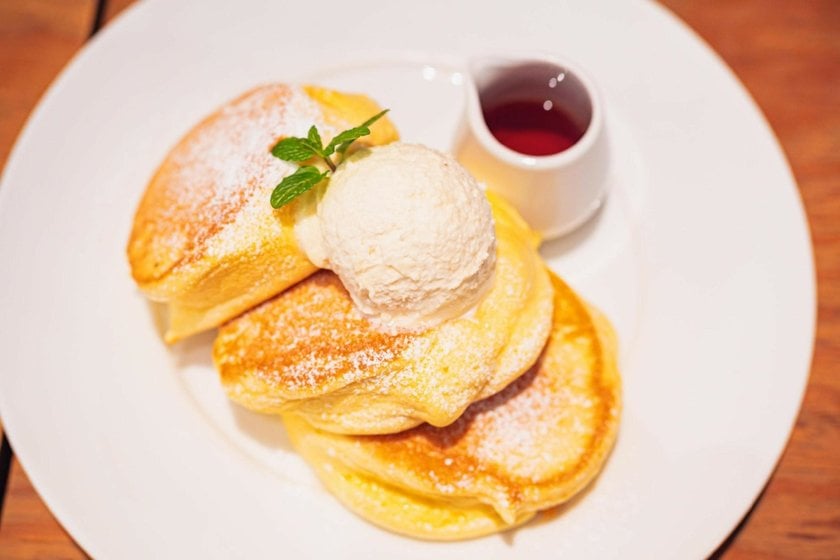
High angle photography, where the camera is pointed diagonally downward, captures breadth and depth effectively. This angle is particularly suited for photographing food as it mimics the perspective of looking down at a meal on a table, resulting in a natural and descriptive image that captures the atmosphere.
Using this angle for subjects like children, women, and pets like cats and dogs, can make them appear more endearing as they seem to look up at the viewer. However, one drawback is that the background may be predominantly plain ground, due to the downward perspective.
3. Position Perfected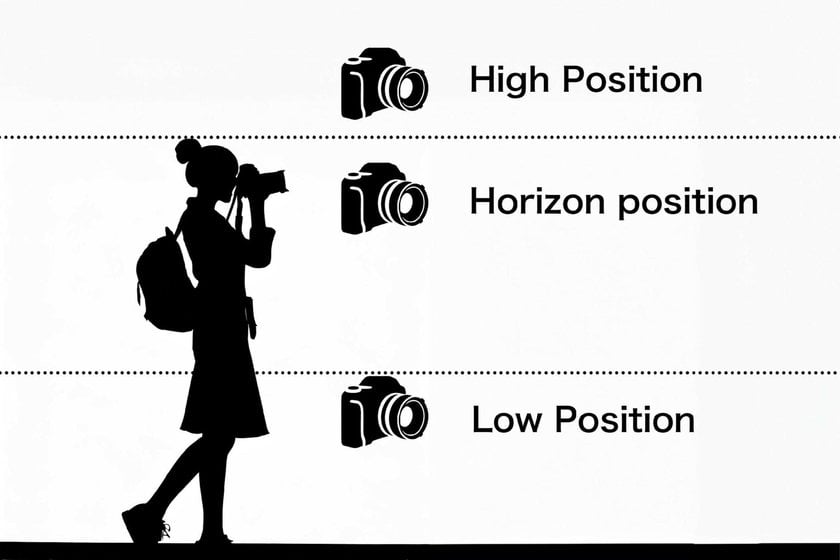
Position refers to the height at which the camera is held, and it can significantly impact the final image. This concept can be classified into three categories: low, horizontal, and high. Combining the right position with the appropriate angle can enhance the effectiveness of your shots.
High Position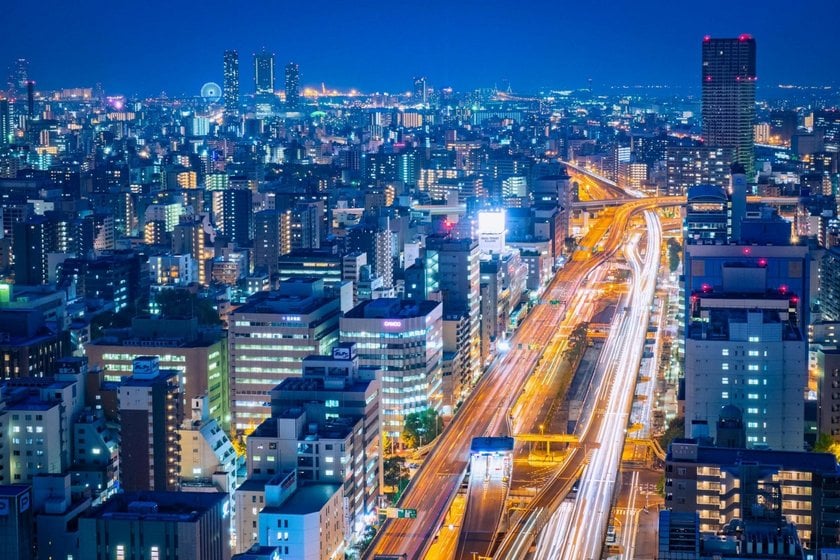
High position involves holding the camera above eye level or shooting from an elevated place, such as an observation deck. This position pairs well with a high angle to expansively capture cityscapes and landscapes, providing a broad, sweeping view.
Horizontal Position
The horizontal position is the most common and involves holding the camera at eye level. It is versatile and can be combined with low, horizontal, and high angles to produce a variety of photographic effects and patterns.
Low Position
Low position means placing the camera close to the ground. When combined with a horizontal angle, this position is ideal for capturing natural expressions of small children and animals. Used with a low angle, it offers a dramatic perspective on low-lying plants and flowers, presenting views that are typically unseen in everyday observations.
Advanced yet easy-to-use photo editor
Get Luminar Neo NowIf you're shooting close to the ground, it may be challenging to use the camera's viewfinder. In such cases, a camera with a vari-angle or tilt-type monitor is recommended for easier viewing and framing.
Lastly
By varying your perspective through different distances, angles, and positions, you can dramatically alter the appearance of your subjects. If you find your photos are beginning to look similar, try experimenting with these elements to bring a fresh perspective and new life to your images.








